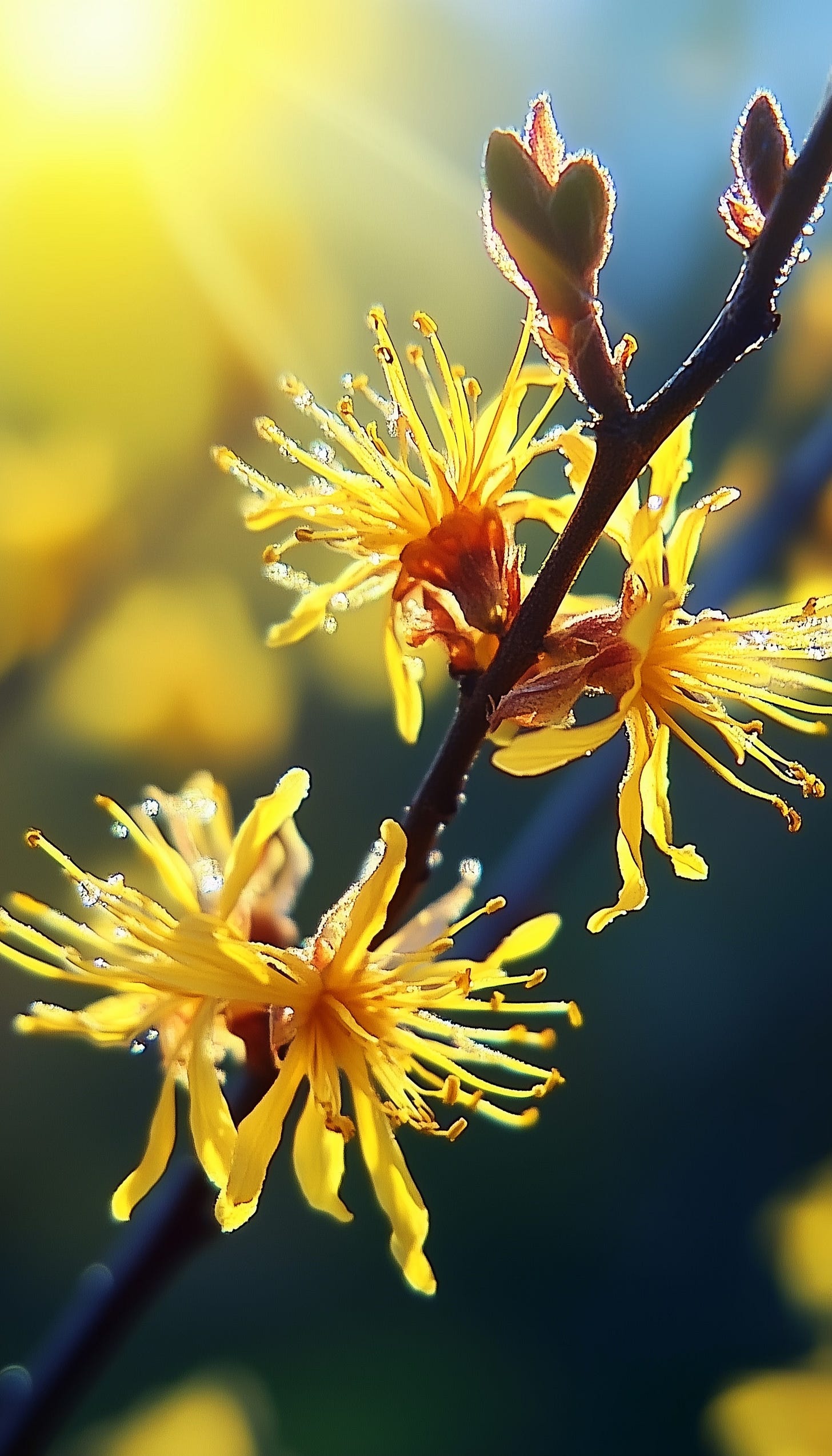Witch hazel, a plant known for its astringent properties, has long held a place in both traditional medicine and modern skincare. As we celebrate National Witch Hazel Day, let’s explore its benefits, rich cultural history, and some intriguing conspiracy theories tied to this beloved botanical.
Benefits of Witch Hazel:
Soothes Skin Irritation and Inflammation
Witch hazel is renowned for its anti-inflammatory properties, making it an effective remedy for reducing redness, swelling, and irritation. It’s commonly used in treating acne, eczema, and other skin conditions by calming the skin and reducing oil production.A Natural Astringent
Witch hazel is one of nature’s most powerful astringents. It tightens the skin, minimizes the appearance of pores, and helps prevent excess oil buildup. Its astringent properties also aid in reducing the appearance of bruises and small cuts.Relief for Hemorrhoids and Varicose Veins
Witch hazel’s anti-inflammatory and astringent qualities extend beyond skincare. It’s often used in ointments and pads to reduce the discomfort caused by hemorrhoids and varicose veins by shrinking swollen tissues and improving circulation.Cleanses and Heals Minor Wounds
As a mild antiseptic, witch hazel can be applied to minor cuts, scrapes, and insect bites to cleanse the area and promote faster healing. It prevents infection while soothing irritation, making it a staple in many first-aid kits.Anti-Aging and Sunburn Relief
Witch hazel’s antioxidant properties help fight the free radicals that contribute to aging skin. It can reduce fine lines, improve skin elasticity, and help treat sunburn by reducing inflammation and preventing further skin damage.
Cultural and Historical Significance
Witch hazel has a deep-rooted history in Native American medicine, where it was used as a natural remedy for wounds, skin ailments, and even digestive issues. The plant was so valued that early settlers adopted its use, and it became a cornerstone of early American herbal medicine.
The name "witch hazel" itself stems from the Old English word wice, meaning "pliant" or "bendable," referring to the plant's flexible branches. Historically, witch hazel branches were used in dowsing, a form of divination, to locate water or hidden objects, giving the plant a mystical reputation.
Conspiracy Theories
Witch hazel’s mystique extends into conspiracy theories, particularly around its use in divination. Some believe that its widespread use in traditional medicine was suppressed by pharmaceutical companies because of its effectiveness as a natural remedy, potentially threatening modern pharmaceutical profits. Another theory suggests that witch hazel, with its historical ties to healing and dowsing, has hidden spiritual properties that connect users to otherworldly forces—a claim that has persisted in some folklore.
Whether admired for its healing properties or its connection to ancient practices, witch hazel remains a beloved botanical. On National Witch Hazel Day, let’s celebrate its magical benefits and rich history.







